Click on images to enlarge

infestation (Photo: Trevor James)
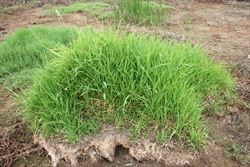
habit (Photo: Trevor James)
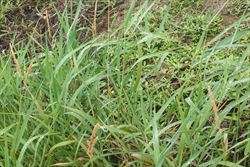
habit (Photo: Trevor James)
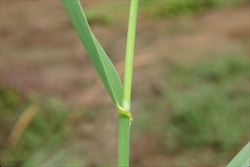
stem and base of leaf blade (Photo: Trevor James)
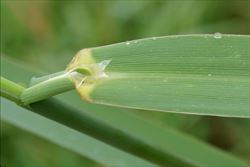
close-up of leaf blade showing membranous ligule (Photo: Trevor James)
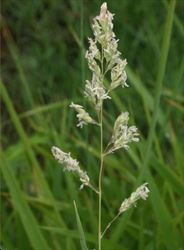
young seed-head in flower (Photo: Trevor James)
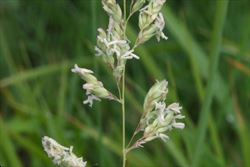
close-up of flower spikelets (Photo: Trevor James)
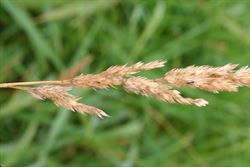
mature seed-head (Photo: Trevor James)

close-up of seeds (Photo: Steve Hurst at USDA PLANTS Database)
Scientific Name
Phalaris arundinacea L.
Synonyms
Phalaris arundinacea L. 'Picta'Phalaris arundinacea L. forma variegata (Parnell) DrucePhalaris arundinacea L. var. arundinaceaPhalaris arundinacea L. var. picta L.
Family
Gramineae (South Australia)Poaceae (Queensland, New South Wales, the ACT, Victoria, Tasmania, Western Australia and the Northern Territory)
Common Names
gardener's garters, phalaris, reed canary grass, reed canary-grass, reed canarygrass, ribbon grass, ribbongrass, striped ribbon grass, swamp phalaris, variegated grass
Origin
Native to northern Africa (i.e. northern Algeria, Egypt and Tunisia), Europe, northern and central Asia (i.e. Iran, Iraq, Turkey, Armenia, Azerbaijan, Georgia, Russia, Kazakhstan, Kyrgyzstan, Tajikistan, Turkmenistan, Uzbekistan, Mongolia, China, Japan, Korea and Taiwan) and possibly also North America (i.e. Canada, Alaska and the USA). This species is certainly native to Europe, but there is debate as to whether it is native to Asia and North America.
Naturalised Distribution
Widely naturalised in southern Australia (i.e. in many parts of eastern New South Wales, in the ACT, in Victoria and Tasmania, in south-eastern South Australia and in the coastal districts of south-western Western Australia).
Also naturalised overseas in southern Africa, tropical Asia, New Zealand, Mexico, Central America, South America, the Caribbean and Hawaii.
Notes
Reed canary grass (Phalaris arundinacea) is regarded as an environmental weed in Victoria.

